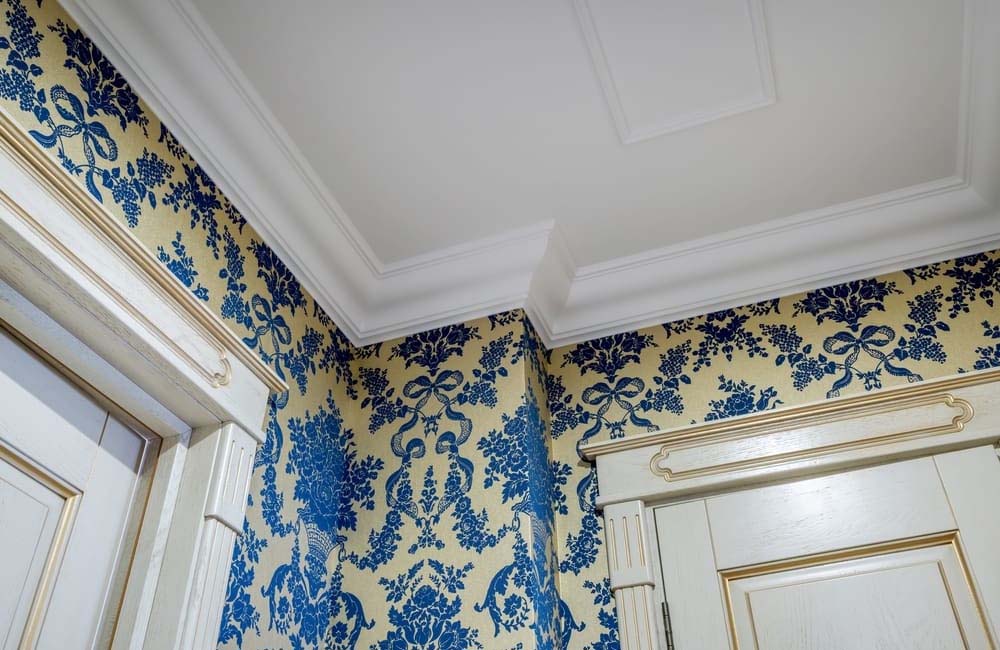blog
Can I Install Coving and Cornice Myself or Hire a Professional?
Can I Install Coving and Cornice Myself, or Should I Hire a UK Professional?
When it comes to enhancing the aesthetics of your home, coving and cornice are popular choices. These decorative elements can add sophistication and character to any room, whether it’s a modern or traditional space. But when it comes to the installation process, a key question arises: Can I install coving and cornice myself, or hire a UK professional?
In this blog, we’ll explore the pros and cons of each approach, providing insight into the DIY process, potential challenges, and the advantages of hiring a professional. We’ll also highlight the importance of choosing the right coving and cornice for your project and how Coving Online can assist you every step of the way.
-
The DIY Approach to Coving and Cornice Installation
Materials and Tools for DIY Installation
Installing coving and cornice yourself can be a rewarding project if you have the right skills and tools. Coving and cornice come in a variety of materials, such as polyurethane, MDF, and plaster, and you can find many options at affordable prices in our shop.
To begin your DIY installation, you will need the following tools:
-
Measuring Tape
To measure the room and determine the amount of coving or cornice required.
-
Mitre Saw
For cutting the coving and cornice at the correct angles (typically 45 degrees).
-
Adhesive
A suitable adhesive such as coving adhesive or a general-purpose construction adhesive.
-
Spirit Level
To ensure the coving and cornice are aligned correctly.
-
Caulking Gun
For applying the adhesive neatly.
-
Screws/Nails
(if required): For securing heavy coving and cornice.
Once you have all the necessary tools and materials, follow these basic steps for DIY coving and cornice installation:
-
Measure and Cut
Begin by measuring the perimeter of the room to determine how much coving or cornice you’ll need. Use a mitre saw to cut the pieces at the right angles, ensuring clean, precise cuts.
-
Apply Adhesive
Apply the adhesive to the back of the coving or cornice, ensuring an even layer.
-
Fix to the Wall or Ceiling
Press the coving or cornice firmly onto the wall or ceiling, and hold it in place until the adhesive begins to set.
-
Fill Gaps and Paint
Use filler to cover any small gaps or seams between the joints, then sand it down and paint over the entire installation.
While DIY coving and cornice installation can save you money, it does require patience and attention to detail. You’ll also need to be comfortable using the necessary tools and have a steady hand for cutting and fitting.
For a range of coving and cornice options, including LED coving, check out our shop.
-
Challenges of DIY Installation
While the DIY approach may seem like an appealing option, it’s important to be aware of the potential challenges:
-
Accuracy in Cutting: Achieving precise mitre cuts, especially when working with intricate designs, can be challenging for beginners. Any misalignment can result in visible gaps and uneven seams, which will detract from the overall aesthetic.
-
Ceiling Height and Wall Irregularities
: Rooms with high ceilings or uneven walls can make the installation process more difficult. Getting a perfect fit may require additional tools or scaffolding. If the walls are not level or the ceiling is crooked, coving and cornice may not sit flush against the surface, which can lead to a subpar finish.
-
Time and Effort: Installing coving and cornice is a time-consuming task. If you’re new to this type of work, the process can take longer than anticipated, leaving you with a potentially unfinished or imperfect job.
-
Paint and Finish: After installation, the coving and cornice will need to be painted to match the décor of your room. Painting can be tricky, especially when working in corners or with intricate details. A rushed paint job may lead to visible brush marks or uneven coverage.
If you’d like to leave the installation to the experts, our professional coving and cornice installation services are available. Visit our installation page for more details.
-
The Professional Approach to Coving and Cornice Installation
Benefits of Hiring a Professional
Hiring a professional to install coving and cornice in your home offers several advantages:
-
Expertise
Professional installers have years of experience, ensuring that your coving and cornice are fitted perfectly, with precise mitre cuts and seamless joins. They also know how to deal with any irregularities in the wall or ceiling, such as cracks or uneven surfaces.
-
Quality Finish
A professional installation guarantees a clean, high-quality finish that enhances the aesthetic of your room. They are skilled in applying adhesives, filling gaps, and painting, ensuring that your coving and cornice look flawless.
-
Time-Saving
Professional installers can complete the project much faster than a DIYer. They are familiar with the process and can handle any challenges that arise, saving you time and effort.
-
Insurance and Guarantees
When you hire a professional, you are often provided with insurance and guarantees for the work done. This gives you peace of mind knowing that if anything goes wrong, it can be rectified without incurring additional costs.
At Coving Online, we offer professional coving and cornice installation services. Our team ensures your installation is completed to the highest standards, with minimal disruption. Learn more about our installation services.
-
Cost of Professional Installation vs DIY
The cost of professional installation will typically be higher than a DIY project, but this may be justified depending on your budget, skill level, and the complexity of the installation. Professional coving installation can cost anywhere from £5 to £20 per metre, with additional fees for preparation and finishing work. If you are installing LED coving or other complex features, the cost will rise accordingly.
On the other hand, a DIY coving installation can cost as little as £3 to £10 per metre for materials, but remember, the costs of tools, paint, and potential mistakes should also be factored in.
-
How to Decide Between DIY or Professional Installation
Ultimately, whether you choose to install coving and cornice yourself or hire a professional depends on several factors:
-
Budget: If you’re working within a tight budget, DIY may be the most affordable option. However, if you want a high-quality finish, hiring a professional could be a wise investment.
-
Skill Level: If you’re confident in your DIY abilities and have experience with tools, you may be able to handle the installation yourself. Otherwise, it might be best to call in an expert.
-
Time Constraints: If you need the coving and cornice installed quickly, a professional installer will save you time and effort.
Room Size and Design Complexity: Large rooms or rooms with high ceilings may require extra tools and skill to install coving and cornice properly. A professional installer will be more equipped to handle these challenges.
-
Conclusion
Installing coving and cornice can be a rewarding project, whether you choose to take the DIY route or hire a professional. While DIY installation can save money, it requires patience, skill, and time. For a flawless, professional finish, especially in challenging areas, hiring a professional may be the best option.
At Coving Online, we offer a wide range of coving and cornice options, as well as expert installation services to help you achieve the perfect look for your home. Visit our shop to browse our collection or contact us via our contact page for more information on our installation services.


